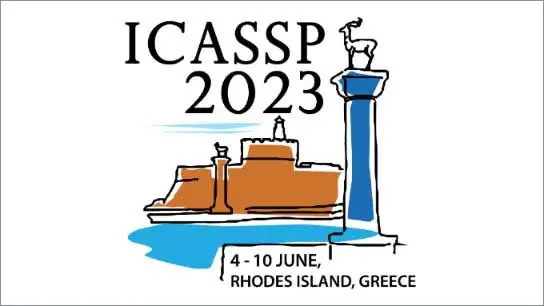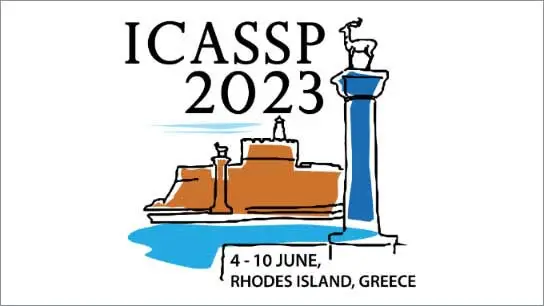Near-field Localization with Dynamic Metasurface Antennas
Qianyu Yang (Nanjing University of Posts and Telecommunications); Anna Guerra ( the National Research Council of Italy, Institute of Electronics, Computer and Telecommunication Engineering); Francesco Guidi (the National Research Council of Italy, Institute of Electronics, Computer and Telecommunication Engineering); Nir Shlezinger (Ben-Gurion University); Haiyang Zhang (Nanjing University of Posts and Telecommunications); Davide Dardari (DEIS-University of Bologna, Italy); Baoyun Wang (Nanjing University of Posts and Telecommunications); Yonina Eldar ()
-
Members: FreeSPS
IEEE Members: $11.00
Non-members: $15.00
07 Jun 2023
Sixth generation (6G) cellular communications are expected to support enhanced wireless localization capabilities. The widespread deployment of large arrays and high-frequency bandwidths give rise to new considerations for localization applications. First, emerging antenna architectures, such as dynamic metasurface antennas (DMAs), are expected to be frequently utilized thanks to the achievable high angular resolution and low hardware complexity. Further, wireless localization is likely to take place in the radiating near-field (Fresnel) region, which provides new degrees of freedom, because of the adoption of arrays with large apertures. While current studies mostly focus on the use of costly fully-digital antenna arrays, in this paper we investigate how DMAs can be applied for near-field localization of a single user. We use a direct positioning estimation method based on curvature-of-arrival of the impinging wavefront to obtain the user location, and characterize the effects of DMA tuning on the estimation accuracy. Next, we propose an algorithm for configuring the DMA to optimize near-field localization, by first tuning the adjustable DMA coefficients to minimize the estimation error using postulated knowledge of the actual user position. Finally, we propose a sub-optimal iterative algorithm that does not rely on such knowledge. Simulation results show that the DMA-based near-field localization accuracy could approach that of fully-digital arrays at lower cost.



